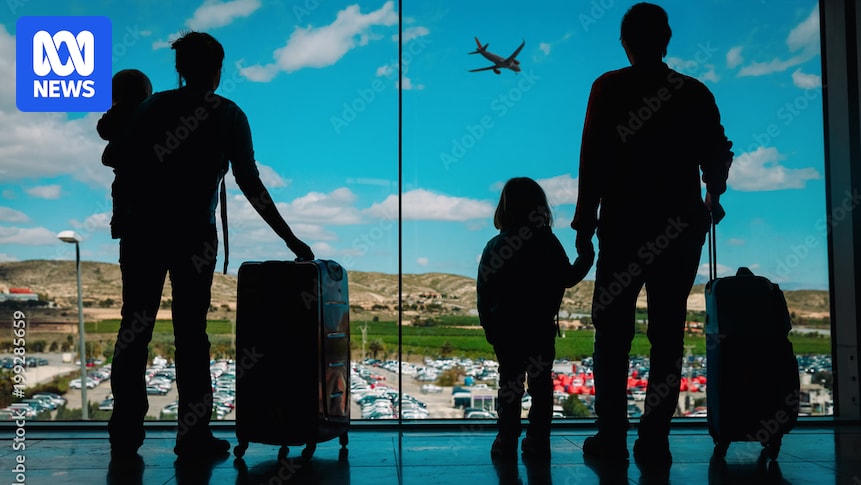
The recent Air India crash in Ahmedabad, which claimed the lives of all but one passenger, stands as the most devastating aviation disaster in a decade. The Boeing 787 Dreamliner, destined for London, crashed into a medical college dormitory shortly after take-off, resulting in 270 fatalities. As investigations continue, it has emerged that India’s civil aviation regulator had previously warned Air India about overdue safety checks on some of its Airbus aircraft. These warnings, however, were unrelated to the Boeing aircraft involved in the crash.
This tragic incident has reignited questions about how travelers can assess the safety of airlines and why certain safety information remains inaccessible to the public. While there are resources available online, such as AirlineRatings.com, which offers safety scores based on various criteria, not all safety data is publicly disclosed.
Available Online Resources
AirlineRatings.com, an Australian-based company, claims to be “the world’s only safety and product rating website.” It evaluates airlines worldwide, assigning a safety score out of seven stars. The criteria include whether an airline has experienced a fatal crash in the last decade, with up to three stars deducted for any fatalities involving passengers or crew.
However, the website clarifies that fatalities resulting from terrorism, hijackings, or pilot suicide are not included in their assessments, nor are deaths attributed to faulty manufactured parts. This limitation highlights the complexity of accurately assessing airline safety.
Dr. Chrystal Zhang, an associate professor at RMIT University, suggests that resources like AirlineRatings can be helpful. She advises consumers to also consider media coverage and airline annual reports, which may provide insights into the age of aircraft and corporate safety culture. Nonetheless, she acknowledges the difficulty for the public to access comprehensive safety records.
“From the public’s perspective, it is very hard,” Dr. Zhang notes.
Challenges in Publicizing Safety Records
Unlike AirlineRatings, Skytrax, a UK consultancy known for quality ratings, does not publish comparative safety ratings. According to Skytrax, there is no single, trustworthy reference for global safety standards that passengers can rely on.
Aviation law specialist John Ribbands points out that some websites rely on subjective customer experiences rather than independent audits of maintenance and compliance. He emphasizes the complexity of airline maintenance, where every action is meticulously documented to ensure accountability.
“It’s so complex that when an engineer goes and puts a spanner on the aircraft, they’ve got a sign off on their name, the size of the spanner they used, the size, and part number of the bits and pieces that they put onto the aircraft,” Ribbands explains.
Regulatory Framework and Public Access
Airline safety standards are governed by international agreements like the Chicago Convention, which establishes rules for airspace, aircraft registration, and safety. However, the implementation of these standards varies by country, depending on domestic civil aviation laws.
In Australia, the Civil Aviation Safety Authority (CASA) regulates airlines, ensuring they meet stringent safety standards. CASA spokesperson Peter Gibson notes that while detailed maintenance information is not publicly disclosed, this is to maintain the integrity of the regulatory system.
“We would find it very difficult to get the airlines to give us the full and complete access we now have, if they knew that every single thing they did, every single bit of information they provided, would be made public,” Gibson states.
Debate Over Public Access to Safety Information
There is an ongoing debate about whether maintenance information should be publicly available. Dr. Zhang argues for the right of individuals to access information needed for informed decisions, but she also acknowledges the commercial sensitivity of certain safety details.
While some believe that more transparency could aid consumer choice, others, like Ribbands, argue that airlines have a vested interest in maintaining safety records for business and marketing reasons. He suggests that large airlines often become self-regulating due to their organizational structure.
“It’s in the best interest from a marketing and business perspective for the airlines to maintain a safe record,” Ribbands says.
Ensuring Passenger Safety
Despite the lack of public access to detailed safety records, consumers in Australia can be reassured by the robust regulatory framework in place. According to Gibson, all airlines, regardless of size, must adhere to the same safety standards, ensuring a consistent level of safety across the board.
As the investigation into the Air India crash progresses, focus remains on technical aspects like the engine and landing gear. Meanwhile, the broader conversation about airline safety transparency continues, highlighting the balance between public access and operational confidentiality.
Ultimately, while air safety records provide historical insights, they cannot predict future incidents. This underscores the complexity of aviation safety and the ongoing efforts to ensure it remains the safest mode of transport.







